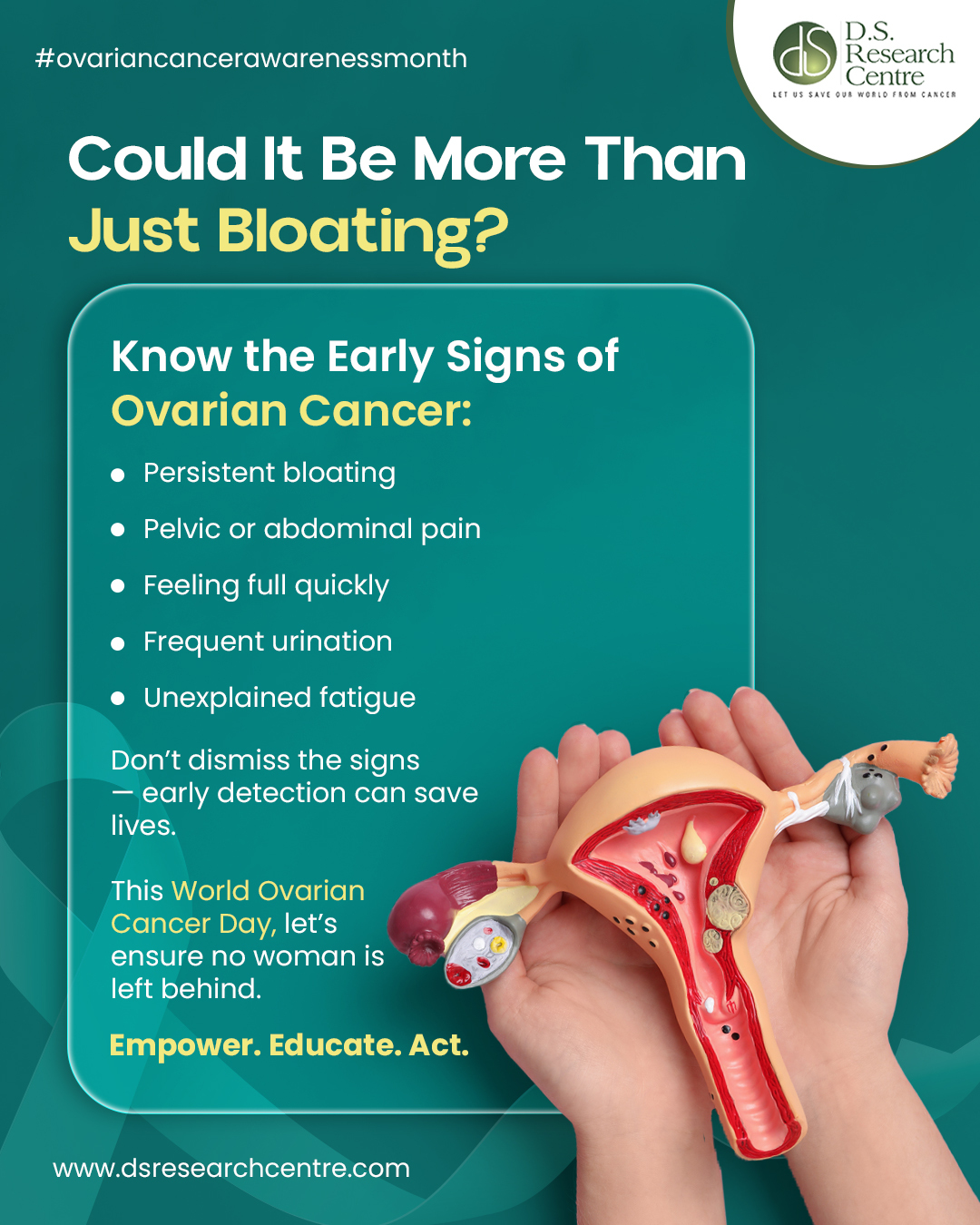As we all know that International Women’s Day will be celebrated on 8th March globally. Its our responsibility to empower women, by honoring and recognizing their achievements. We should also empower and encourage all women to get screened for cancer.
Cancer of breast and cervix are main cancers found in women. Prevention and early detection requires focus on self breast examination and screening by Pap smear and visual inspection based approaches. Screening programs help to detect cancer at an earlier stage, where it is easily treatable.
Following is the list of different cancer screening tests available to empower women in the fight against cancer.
Breast Cancer Screening:
A lump in the breast is the most common symptom of breast cancer. If you note any changes like ..
· change in the size or shape of the breast
· dimpling of the skin or thickening in the breast tissue
· a nipple that’s turned inwards
· a rash on the nipple
· discharge from the nipple
· swelling or a lump in the armpit
Consult your family physician or gynecologist for required medical examination.
Self Breast examination: It’s important to know how your breasts look and feel normally.
· Step 1: Start by looking for differences between your breasts. Look at your breasts and feel each breast and armpit, and up to your collarbone. You may find it easiest to do this in the shower or bath, by running a soapy hand over each breast and up under each armpit. You can also look at your breasts in the mirror. Look with your arms by your side and also with them raised....
· Step 2: Put your hands on your hips, pull your elbows forward. ...
· Step 3: Use 3 fingers when examining your breasts. Be sure to use the fat pads of the fingertips of the 3 middle fingers. ...
· Step 4: Examine the areas surrounding the breast. ...
· Step 5: Perform the test at the same time each month.
If you find any changes speak with your family physician or gynaecologist or health care provider.

Mammogram: Mammogram is an X-ray photograph of the breast. It is used to screen for breast cancer. It is, also, used to diagnose, evaluate, and follow women who’ve had breast cancer and/or are at high risk due to genetic or family history.
Women should start their annual breast cancer screening with mammograms at age 40. Clinical breast exams should be done every three years for women in their 20s and 30s and every year for women 40 and over.
If you find any changes or have a family history of breast cancer, regardless of your age, you should discuss that with your health care provider and determine when you need to start getting screening imaging.
Cervical Cancer Screening:
The cervix is the lowest part of the uterus, connecting the vagina and uterus. Cervical cancer is mostly found in sexually active women, most commonly due to the HPV (Human Papilloma virus).
Symptoms of Cervical Cancer are…
· Vaginal bleeding after intercourse, between periods or after menopause.
· Watery, bloody vaginal discharge that may be heavy and have a foul odor.
· Pelvic pain or pain during intercourse.
The following tests and procedures may be used to screen for cervical cancer:
· HPV test. This test is done on a sample of cells removed from the cervix, the same sample used for the Pap test (see below). This sample is tested for the strains of HPV most commonly linked to cervical cancer. HPV testing may be done by itself or combined with a Pap test. This test may also be done on a sample of cells collected from the vagina.
· Pap test/smear. The Pap test has been the most common test for early changes in cells that can lead to cervical cancer. A Pap test involves gathering a sample of cells from the cervix. It is often done at the same time as a bimanual pelvic exam as part of a gynecologic checkup. A Pap test may be combined with an HPV test.
It is important to have regular pelvic exams and screening with PAP smears and HPV testing to detect early. Examination by a gynecologic oncologist/ gynecologist is important.
Colon Cancer Screening:
Colon cancer awareness is more important. Recent studies show increase in people under the age of 50, are being diagnosed with colon cancer. The screening for colon cancer should be done if patients present change in bowel habits, diarrhea or constipation, rectal bleeding or blood in stool, abdominal pain, flatulence, unexplained weight loss and weakness.
The following tests may be used for colon cancer screening or to find out if the cancer has spread. Tests also may be used to find out if surrounding tissues or organs have been damaged by treatment.
· Digital rectal exam (DRE): The doctor inserts a gloved finger into your rectum to feel for polyps or other problems.
· Fecal occult blood test: This test finds blood in stool.
Endoscopic Tests:
· Sigmoidoscopy: A tiny camera on flexible plastic tubing (sigmoidoscope) is inserted into the rectum. This gives the doctor a view of the rectum and lower colon. Tissue or polyps can be biopsied (removed) and looked at under a microscope.
· Colonoscopy: A longer version of a sigmoidoscope/ colonoscope can look at the entire colon.
Endoscopic ultrasound (EUS): An endoscope is inserted into the rectum. A probe at the end bounces high-energy sound waves (ultrasound) off internal organs to make a picture (sonogram).
Imaging Tests:
· CT or CAT (computed axial tomography) scan
· MRI (magnetic resonance imaging) scan
· PET/CT (positron emission tomography) scan
· Virtual colonoscopy or CT (computed tomography) colonoscopy
· Double contrast barium enema (DCBE)
Lung Cancer Screening:
Lung cancer is fatal disease. It kills more people than breast cancer, colon cancer combined because lung cancer is usually found at an advanced stage that is not curable. Whether you are an active smoker or quit years ago, undergoing a screening can help in the early detection of lung cancer, when it is most treatable and offers the greatest chance of survival.
CT scan screening for lung cancer is recommended. It is the only effective, proven way to screen for lung cancer.
Healthy Tips to prevention cancer in Women
· Quit addiction (smoking, alcohol etc)
· Don’t be addicted to sedentary lifestyle.
· Eat balanced diet, include fruits and vegetables in your regular diet plan.
· Maintain average normal weight.
· Exercise daily
· Protect yourself from the sun UV rays. Avoid chemical exposures.
· Get regular screening and vaccination done that are advised for prevention.
· Get regular health check up by consulting physician/gynecologist.
· Do not neglect if you observe any changes in your body and regular activities.
Cancer can be a devastating diagnosis for any woman, but over the last few decades, there have been steady improvements in treatment. It would be safe to say that if diagnosed early, most women can be “treated”. Women can then enjoy a long and disease free life. The key is early diagnosis.
Stay Healthy!
Happy International Women’s Day!








Posted on April 15, 2016
Posted on April 15, 2016